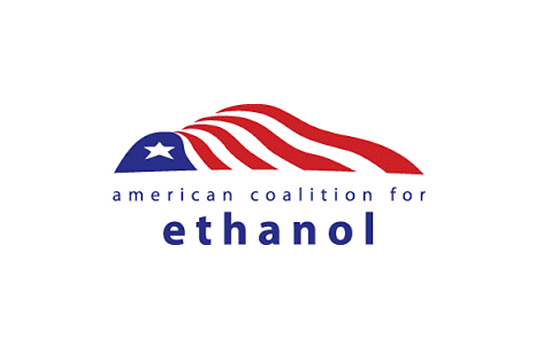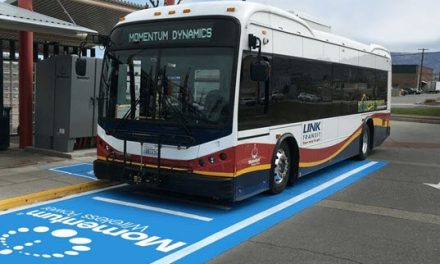The American Coalition for Ethanol (ACE) set forth recommendations to accelerate the transition of transportation fuels to low-cost, high-octane biofuels such as ethanol in its comments submitted to the U.S. Environmental Protection Agency (EPA) for the final determination of fuel economy and emissions standards for model year 2022-2025 light-duty vehicles.
ACE has been in dialogue with automakers, agricultural organizations, government researchers and many others to develop strategies and action plans to accelerate the use of high-octane fuel, and the CAFE-GHG standards present a natural and timely opportunity for this transition to occur.
“While the CAFE-GHG program has resulted in meaningful progress with respect to fuel efficiency and GHG emissions, this progress will plateau unless EPA increases the octane rating of fuel used in future engines,” said Brian Jennings, ACE Executive Vice President. “With a blending-octane rating of 113, American-made ethanol is the lowest-cost, low-carbon source of octane on the planet.”
Below are ACE’s summarized recommendations for the “Reconsideration of the Final Determination of the Midterm Evaluation of Greenhouse Gas Emissions Standards for Model Year 2022-2025 Light-duty Vehicles.”
- Enable automakers to test future vehicles on a high-octane blend by approving an alternative certification fuel with 25 to 30 percent ethanol and a minimum octane of 98-100 RON.
- Establish a performance standard for gasoline with a minimum octane level of 98-100 RON. This will help foster a marketplace in which the private sector competes and innovates to produce low-cost high-octane fuels.
- Make changes so ethanol is no longer penalized with respect to fuel economy or emissions including correcting the fuel economy equation, crediting ethanol’s upstream GHG reductions or its displacement of petroleum, and correcting the outdated MOVES model used in calculating the GHG emissions of ethanol.
- Restore credits to automakers for the manufacture of flexible fuel vehicles and consider a new incentive for future engines designed to achieve maximum fuel efficiency on high-octane fuels.
- Ensure that EPA’s GHG standards are harmonized with the Department of Transportation’s fuel economy requirements and efforts to improve fuel economy and reduce CO2 emissions by the California Air Resources Board. Automakers need “one stop” compliance procedures.
- Provide Reid vapor pressure (RVP) relief to E15 and higher ethanol blends.
- Update the lifecycle analysis of corn ethanol.
ACE’s full comments can be accessed here.









